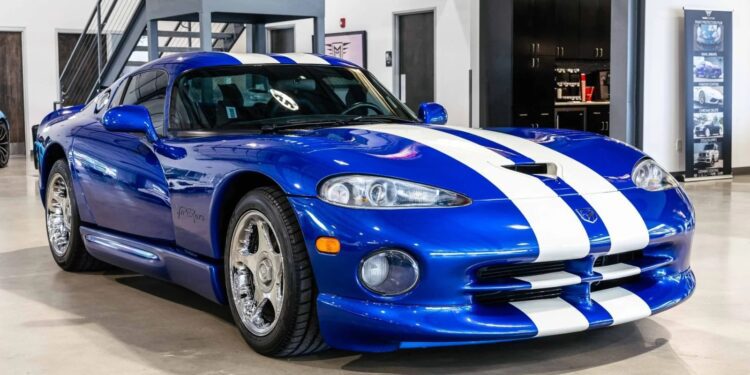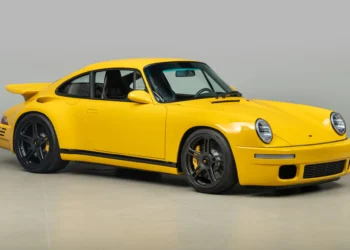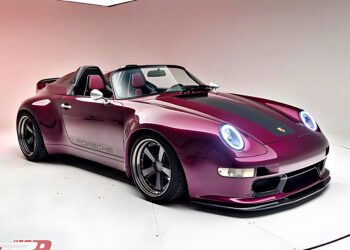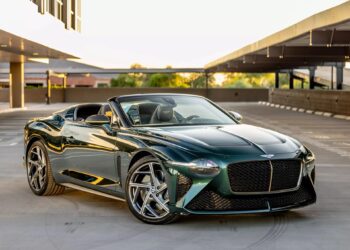The Dodge Viper, an emblem of American automotive engineering, has etched its name in history with a legacy spanning over three decades. From its inception in the early 1990s to its final bow in 2017, the Viper has been synonymous with raw power, captivating design, and unbridled performance, embodying the spirit of American muscle. Under the guidance of Dodge’s SRT (Street and Racing Technology) performance division, the Viper made a triumphant return, re-emerging as a more refined yet equally formidable icon of American muscle.
The Viper story began in 1992 with the first-generation RT/10 Roadster, a brainchild of Chrysler’s then-President Bob Lutz. Its distinctive long hood and powerful V10 engine, a novelty at the time, set the tone for a legacy of performance. The initial 400-horsepower V10 engine, crafted in collaboration with Lamborghini, was a statement of intent, showcasing American engineering at its finest. With each succeeding generation, the Viper evolved, embracing technological advancements while staying true to its roots. The second generation introduced in 1996, brought enhanced aerodynamics and the iconic GTS coupe variant. By the third generation (2003-2006), the Viper was pushing 500 horsepower, further cementing its status as a performance powerhouse.
The fourth generation (2008-2010) saw the Viper reaching 600 horsepower, an example of its relentless pursuit of power. The final generation (2013-2017) culminated in the Viper ACR (American Club Racer), a track-focused beast that set numerous records, epitomizing the Viper’s racing pedigree. Throughout its life, the Viper remained a cherished icon in American automotive culture, known for its no-frills approach to raw performance and its resistance to driver aids. Its discontinuation in 2017 was the end of an era, but the Viper’s legacy endures. It remains a symbol of an audacious period in American car manufacturing, celebrated by enthusiasts and collectors alike for its bold design, thunderous power, and indomitable spirit. The Dodge Viper’s journey through the years exemplifies the evolution of American muscle cars, blending tradition with innovation. View all of the Dodge Vipers featured in this list, as well as all the examples for sale on duPont REGISTRY, by clicking the link below.
Is the Dodge Viper still in production?
Nope, the Dodge Viper isn’t in production anymore. Dodge stopped making it in 2017. Even though you can’t buy a new one, the Viper is still a favorite among car enthusiasts for its raw power and standout looks.
Why is the Dodge Viper so rare now?
The Dodge Viper is pretty rare now because production ultimately ended, and Dodge didn’t make a ton of them to begin with. Additionally, with the automotive industry focusing on EV efforts, the Viper’s famous V10 engine platform is becoming more desirable and collectible.
Is a Viper faster than a Hellcat?
Yes, a Dodge Viper is generally faster than a Hellcat, especially on a track. The Viper’s lighter weight, race-focused design, and impressive handling give it an edge in performance, while the Hellcat has more straight-line speed thanks to its supercharged V8 engine.
Is buying a Dodge Viper a good investment?
Buying a Dodge Viper can be a solid investment, especially since it’s no longer in production and has become a sought-after collector’s car. Its rarity and iconic status could mean its value will appreciate over time.
2017 Dodge Viper ACR
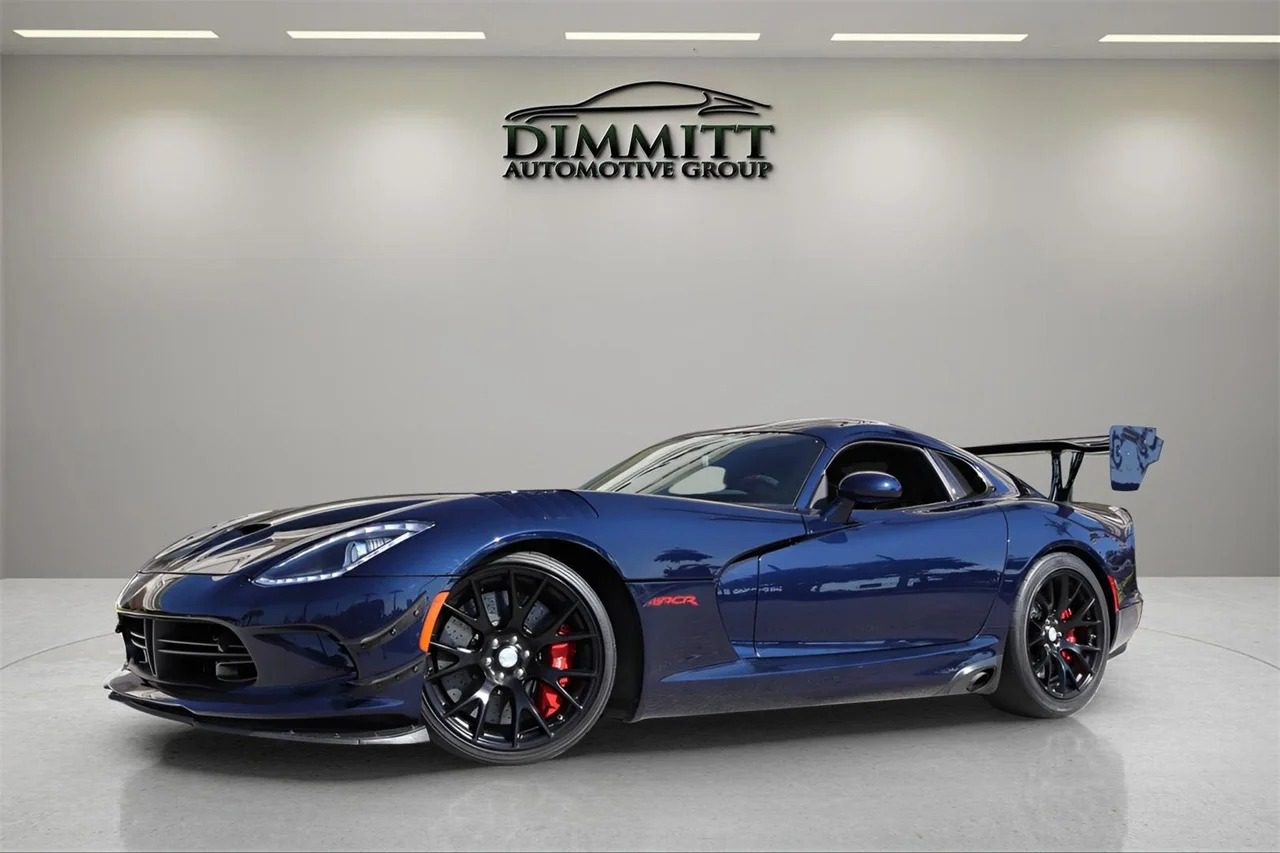
2008 Dodge Viper SRT-10
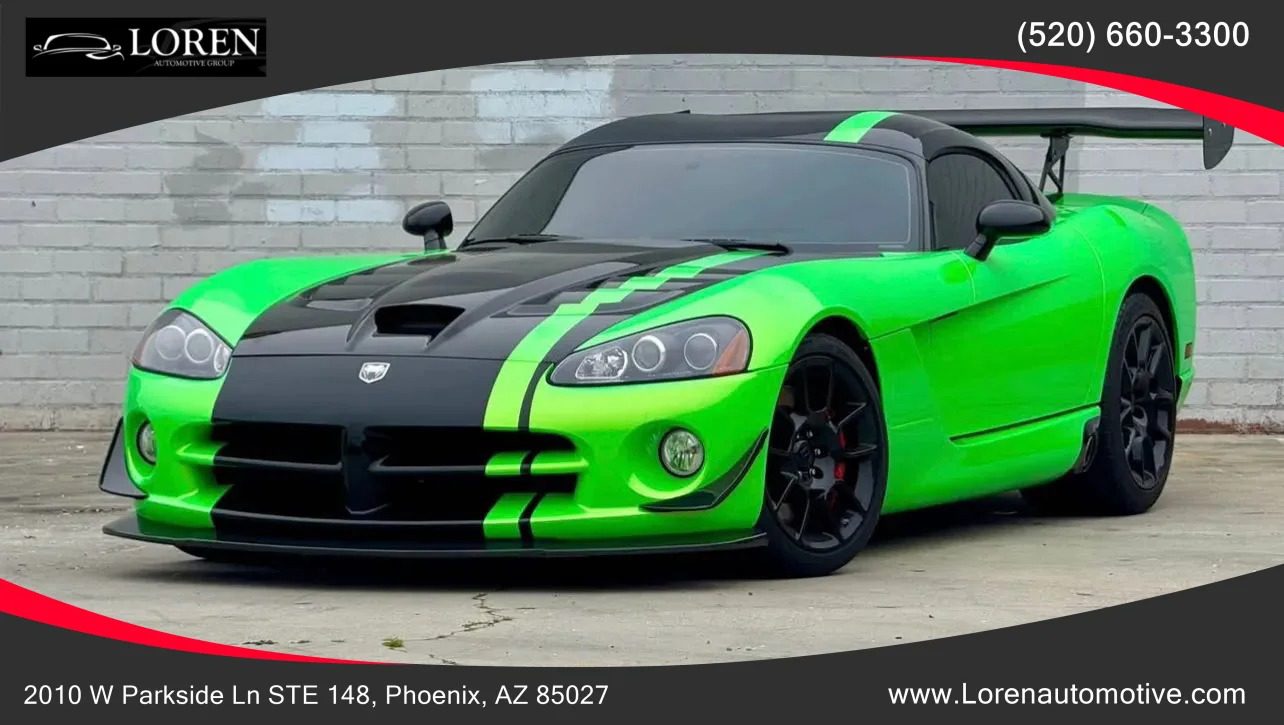
1995 Dodge Viper RT/10
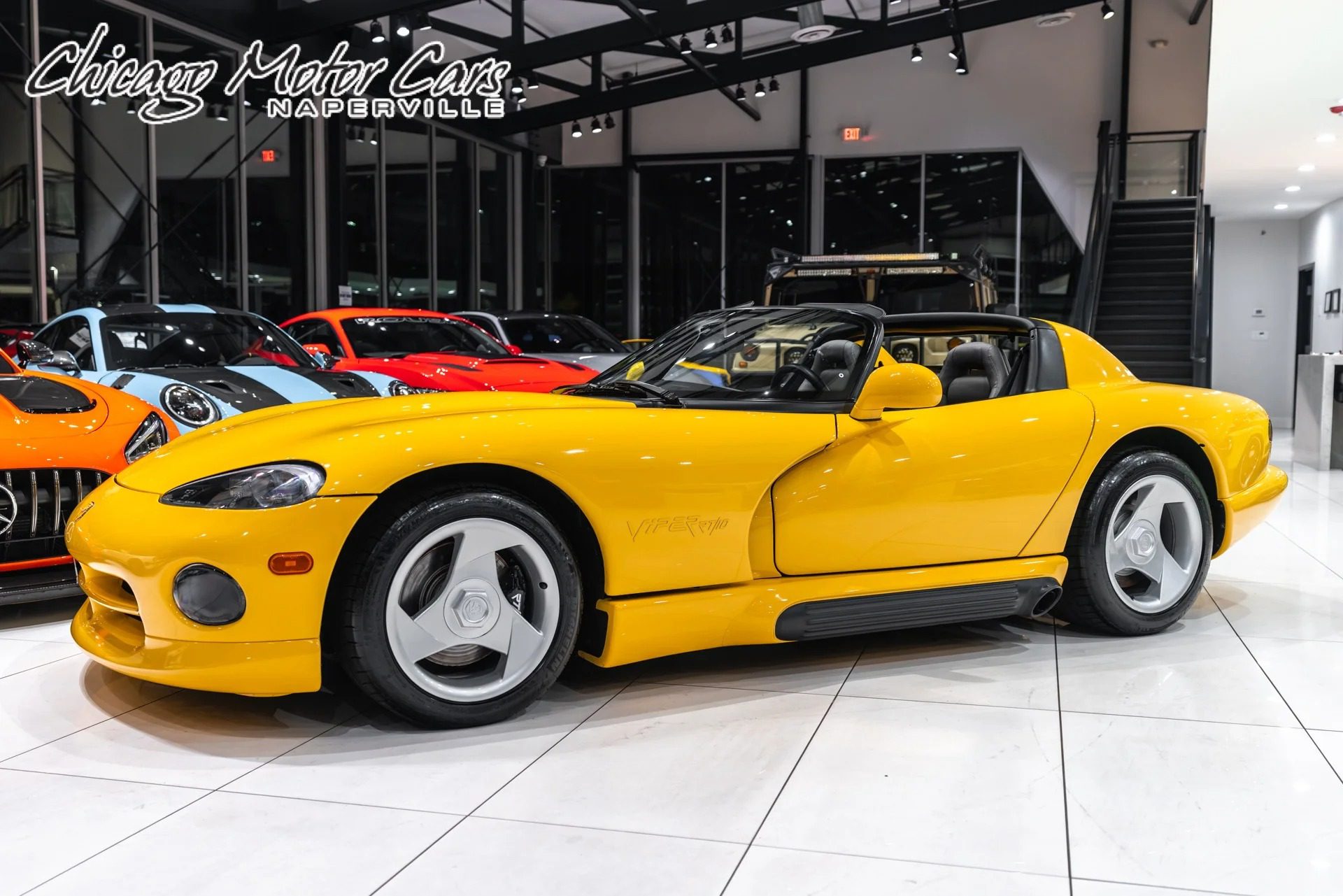
2014 Dodge Viper GTS
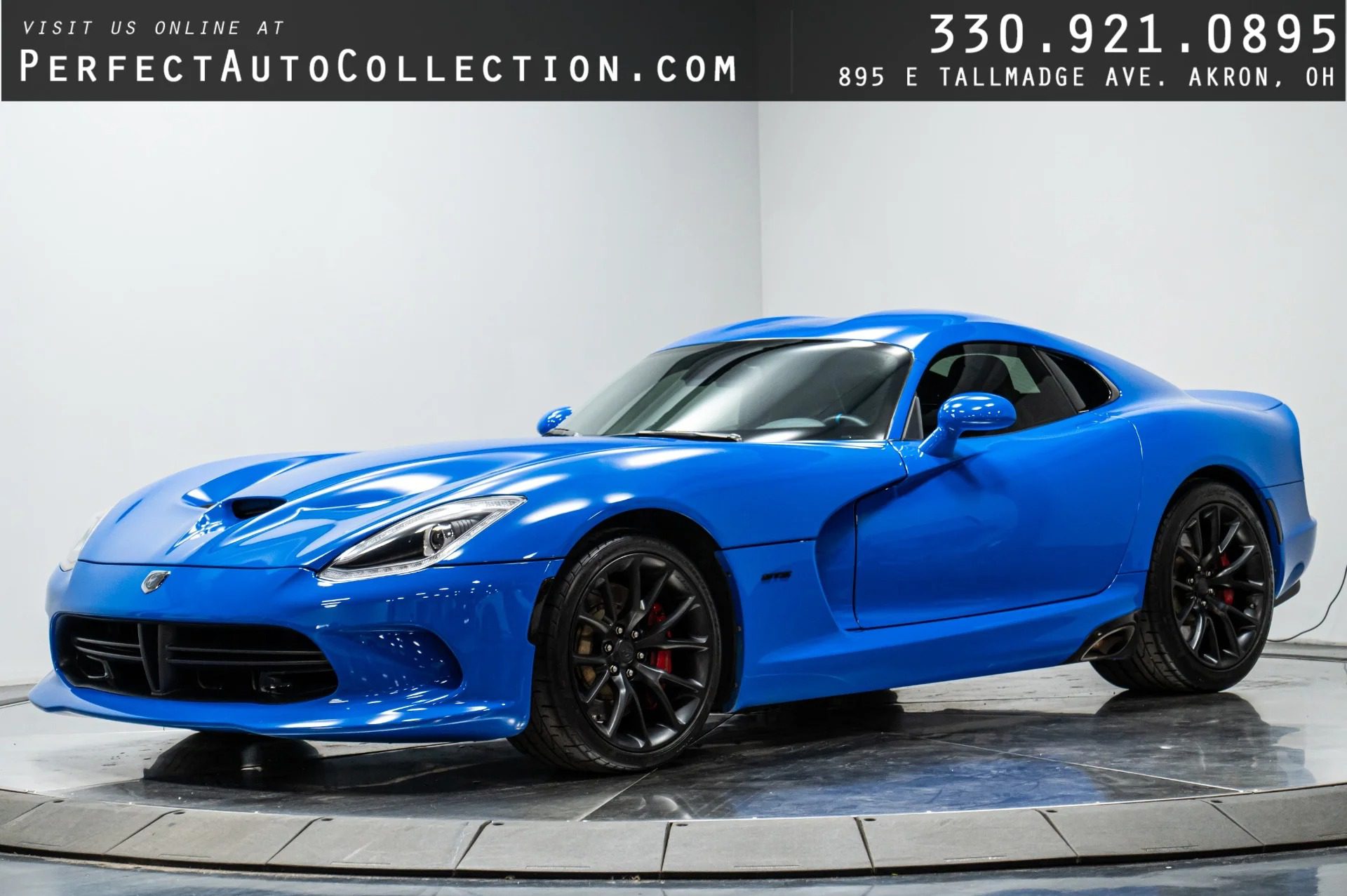
1996 Dodge Viper GTS
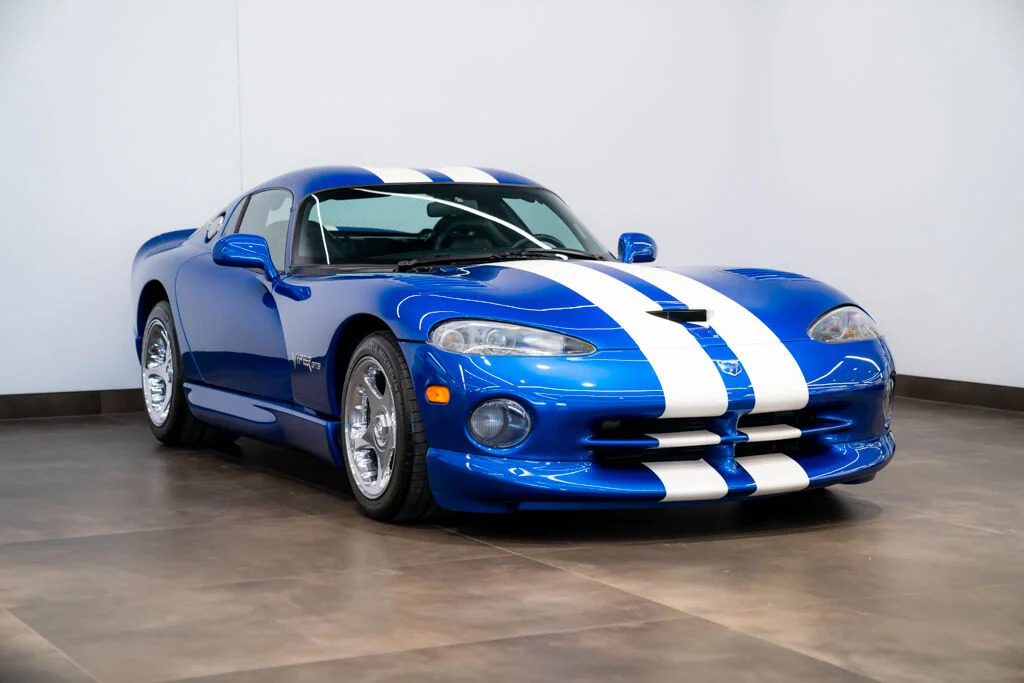
1999 Dodge Viper RT/10

1997 Dodge Viper GTS
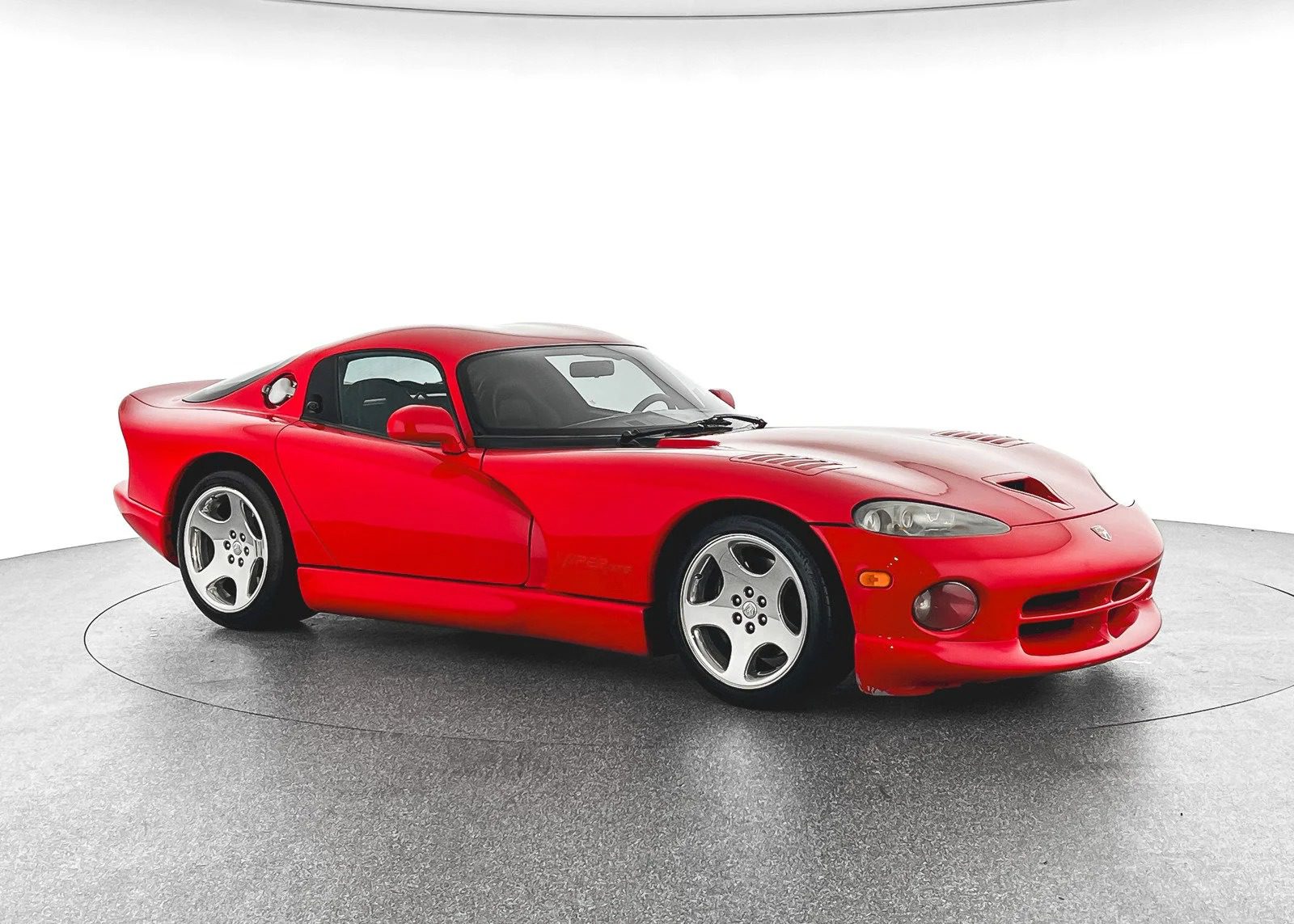
2013 Dodge Viper SRT
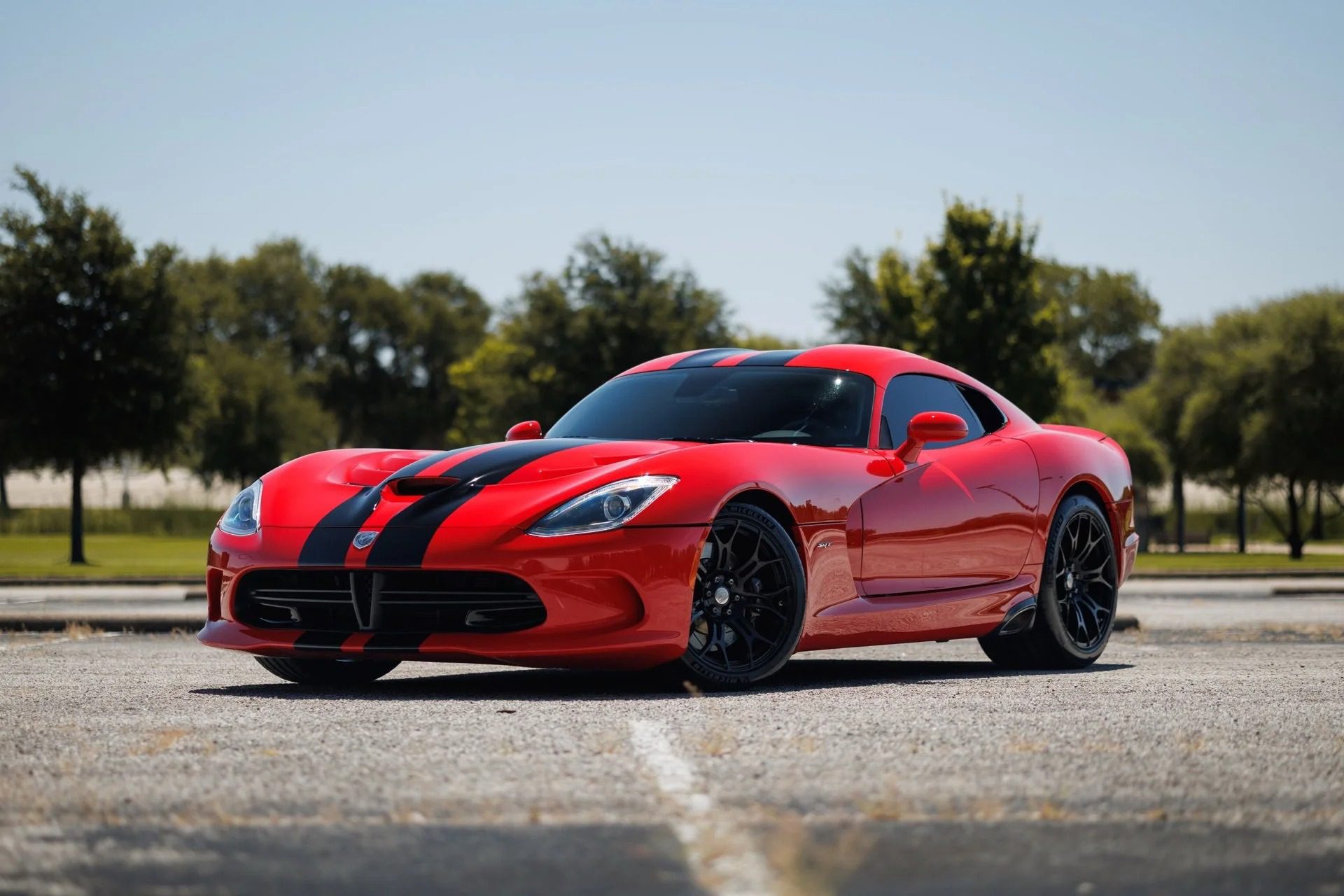
1996 Dodge Viper GTS
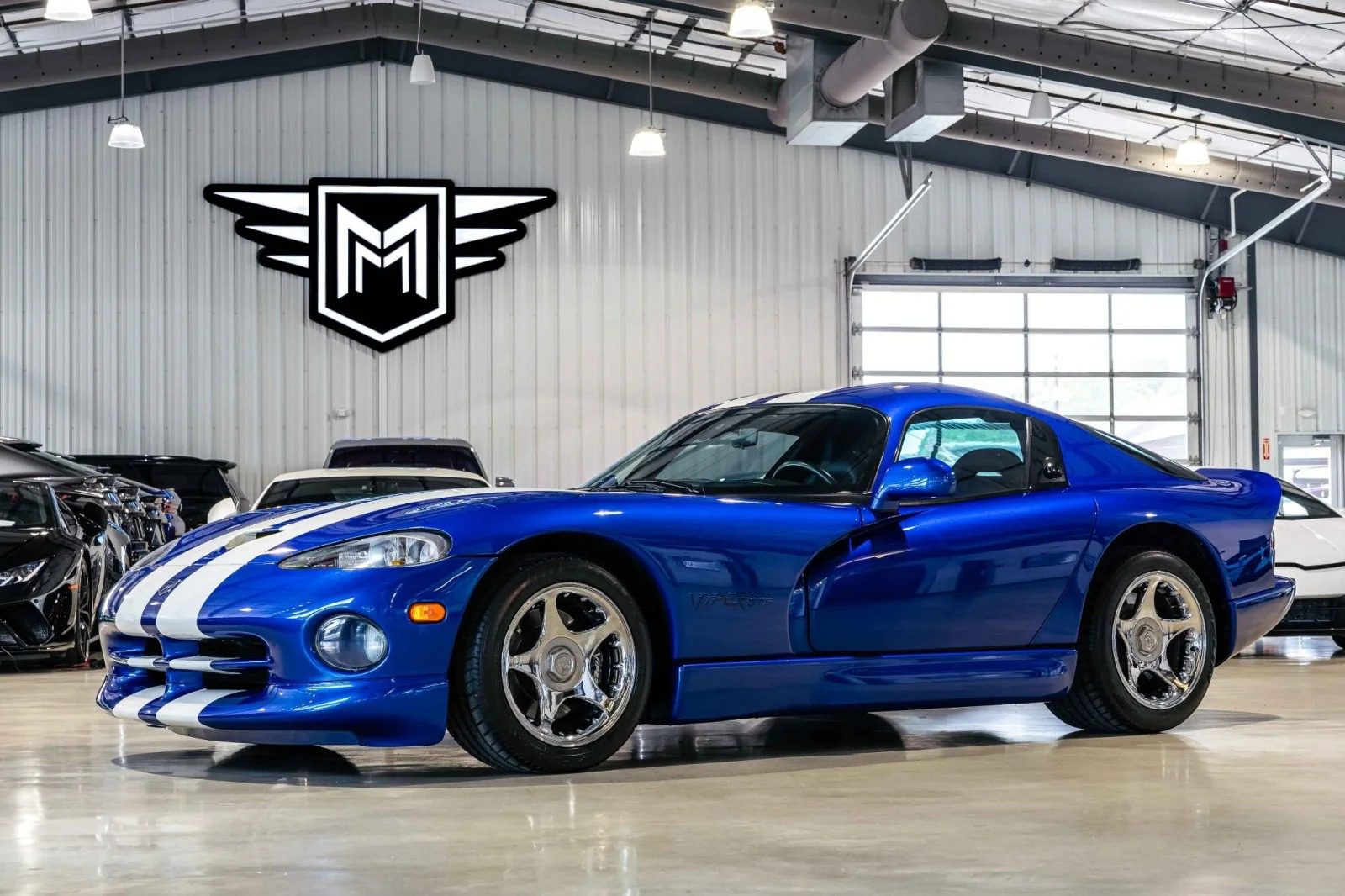
1998 Dodge Viper RT/10
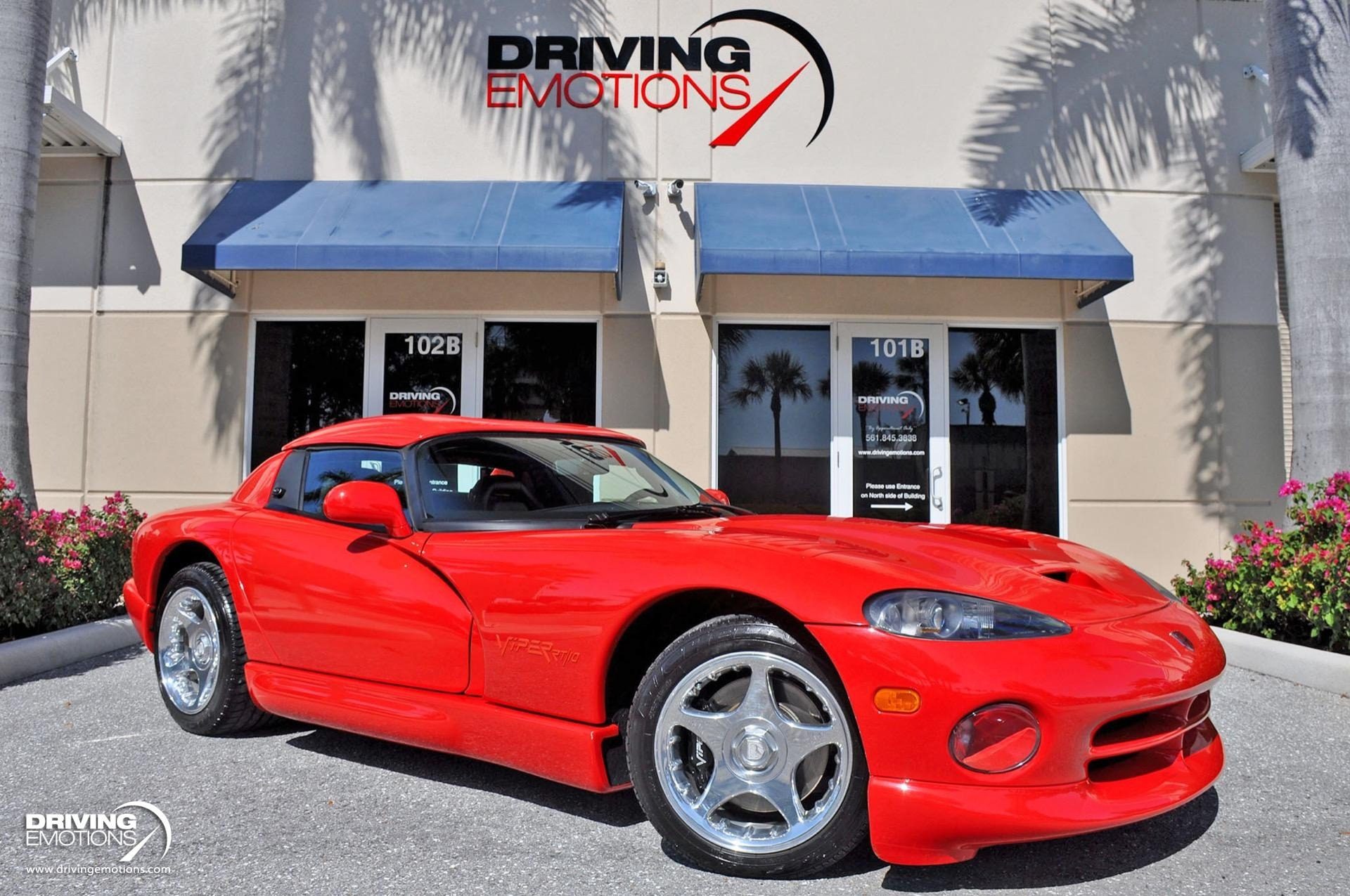
Buy
Searching for a Dodge Viper to buy? duPont REGISTRY has hundreds of Dodges for sale right now, including some of the rarest Dodge Vipers ever created. To view them all, click the button below to shop all Dodge Vipers for sale.
Sell
Do you own a Dodge Viper and are interested in selling it? duPont REGISTRY is the number 1 source for private sellers to list and or sell their Dodge Viper. Click the button below to view listing options.

